New life for our ocean
To combat the damage caused to our global marine environment, we need to improve our understanding of what happens beneath the surface. A new research vessel, REV Ocean, will play a vital part in this, using KONGSBERG technologies to generate the critical data needed
-
Text:Marketing & Communication Department
Photo:© Rev Ocean ©Guillaume Plisson
-
Gunvor Hatling MidtbøVice President, Communications
Slowly but surely, humanity is draining the life out of the world’s ocean. Fishing, shipping, pollution and climate change are causing untold damage to the marine environment.
The planet's waters are a vast ecosystem covering 70 per cent of the world’s surface and we are suffocating them. However, the fightback has started and KONGSBERG is at the forefront of this positive change.
Among other initiatives, we are providing vital technology for an ambitious new international science-based environmental venture with a simple but critical goal: to ensure One Healthy Ocean.
REV Ocean is a global not-for-profit organisation still being fully established after its launch in 2017 by Norwegian businessman and philanthropist Kjell Inge Røkke and marine biologist Nina Jensen.
It will focus on three primary areas where action is needed – plastic pollution; climate change and ocean acidification; and overfishing and the environmental impacts of fishing.
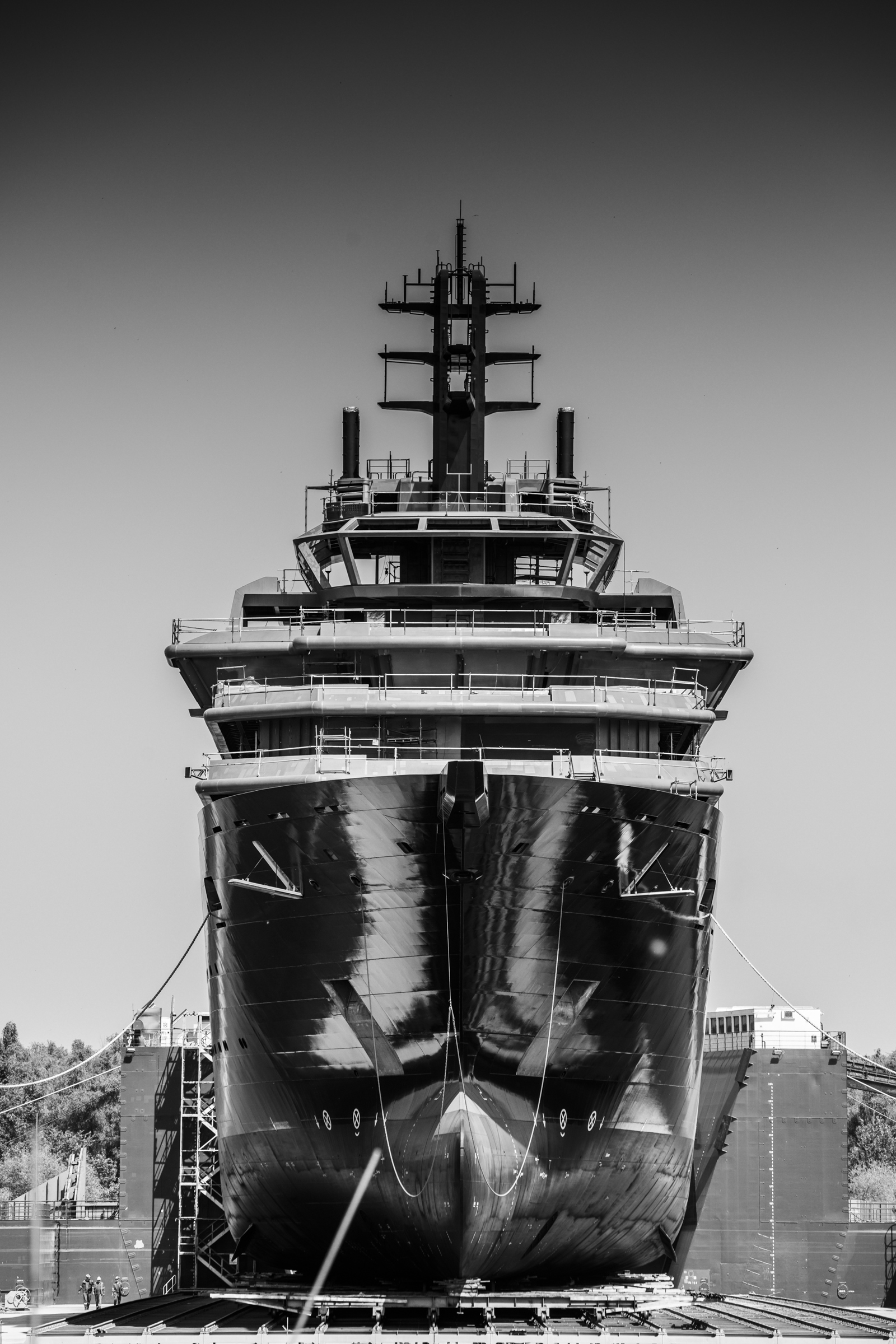
The vessel, which is scheduled to begin operation in late 2022 or early 2023, will be equipped with a full suite of KONGSBERG sensors for mapping the seafloor and biological communities in the water column as well as profilers and start-of-the-art processing software.
The equipment we are providing includes the SIMRAD EK80 biological acoustic system as well as the KONGSBERG EM 304 deep water multibeam echo sounder (26 – 34kHz) and the KONGSBERG EM 712 shallow-medium depth multibeam echo sounder (40-100kHz). These are critical to the vessel’s mission.
Nina Jensen, the CEO of REV Ocean, is a former Secretary General of WWF Norway. A passionate environmentalist and marine biologist, she believes the project and the vessel can make a positive difference to improving the sustainability of the ocean environment.
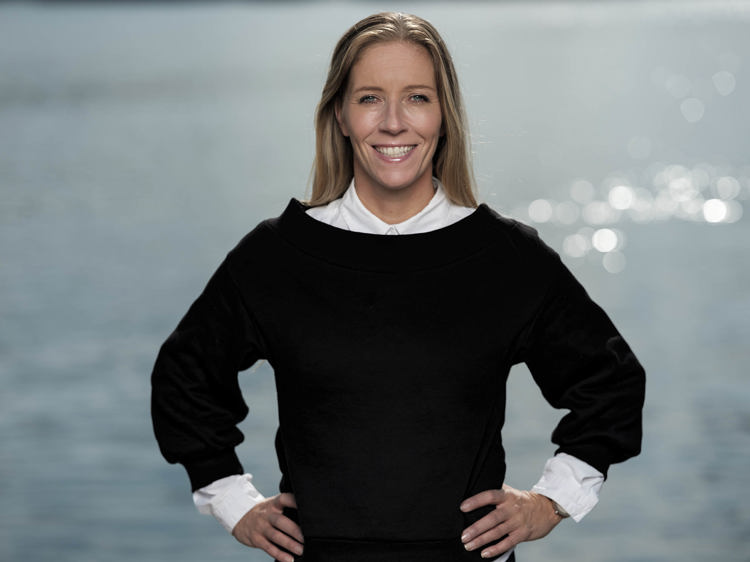
“Hopefully the ship will find some of the practical and concrete solutions needed,” she says. “It will be used for scientific purposes and to gather the knowledge required.
“There are currently large gaps in knowledge when it comes to many parts of the ocean, and in particular when it comes to the consequences and impacts of some of the challenges we are facing. We need to make sure we have the right information in order to apply the right solutions.
“We will be using the vessel as a test platform for various technologies and solutions. These may be anything from face recognition of fish to avoid bycatch [the accidental capture of non-native species such as dolphins] in fishing nets through to advanced mechanisms to filter out microplastics without damaging any other marine life.
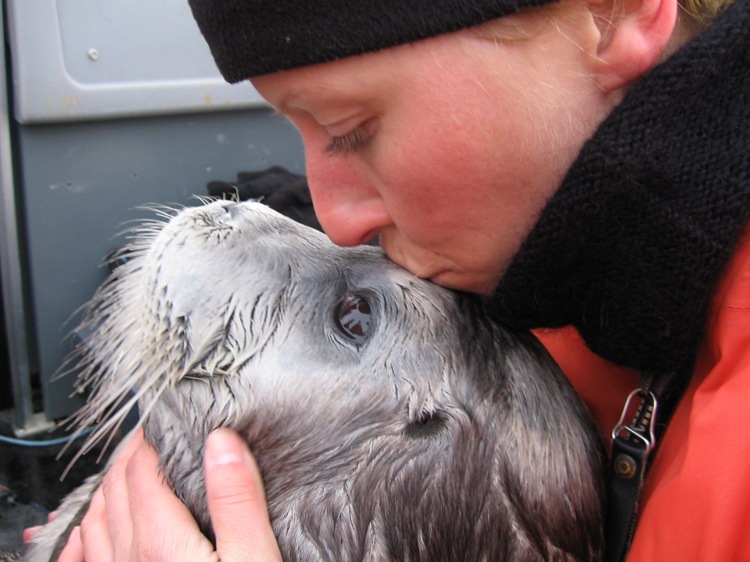
“We will also document how different types of plastics, down to micro and nano-plastics, are distributed throughout the entire water column, and what that means for us and the ecosystem.”
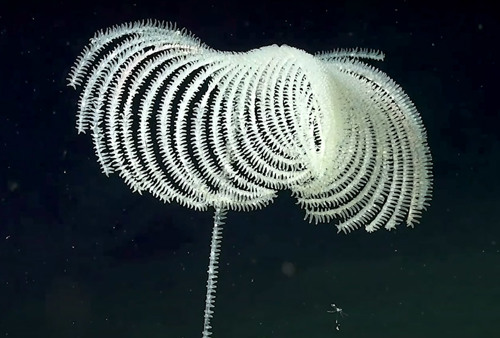
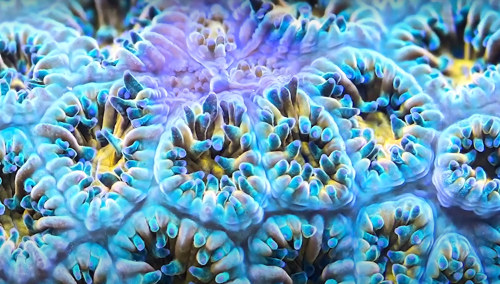
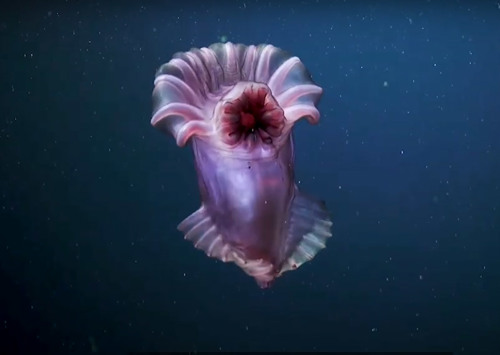

Another role of the REV Ocean vessel, she says, will be to apply and test autonomous vehicles and drone satellite technology for mapping out anything from major ocean habitats that could be restored, through to highlighting illegal fishing activity.
Both Nina and REV Ocean’s Director of Science, Alex Rogers, are enthusiastic about KONGSBERG’s role as a key partner in equipping the vessel with the necessary technology.

“All of the acoustic equipment on the vessel is being provided by KONGSBERG,” Alex says. “This includes multibeam mapping systems, profiling systems and biological acoustics.
“These are absolutely integral to the operation of the vessel. We have a number of deep submergence technologies on board – for instance, a remotely operated vehicle capable of diving to 6000 metres and a submersible capable of going down to 2300 metres.
“Before we put these into the water we want to map the seafloor and determine where we are going to deploy them. We have to use sound to map the seascape under the surface. That’s where the KONGSBERG technology becomes critical.”
Alex explains that the system being provided consists of a sound emitter and a receiver capturing that sounds as it comes back. “It sounds simple, but the sophistication of it really is quite extreme in terms of technology.
“Biological acoustics allow us to use sound to detect life in the water column. Many fish reflect sound and that means we can detect them using a pulse. We can use these methods to estimate how many fish we’ve got in a particular area, what type they are and what the biomass is.”
Obtaining a map of the seafloor acts as baseline data for the deployment of other technologies, he adds. “Using these acoustics is the only way that we can get a good picture of what is happening in the water between the surface and the sea floor.”
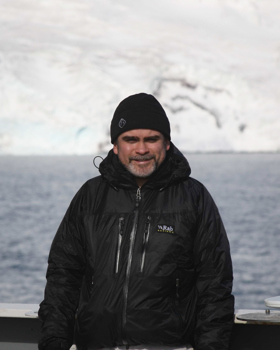
“The relationship between KONGSBERG and REV Ocean developed at a very early stage. KONGSBERG is essentially the top company in terms of providing this kind of acoustic equipment.” Alex Rogers, REV Ocean’s Director of Science
As the technology develops, so do the functions that can be carried out. “It’s now been discovered that biological acoustics can also detect methane bubbles coming from the seabed. These methane seeps are of significant concern in terms of climate change, so these technologies really are very, very important.
World-leading technology
“I’ll give you one example. We discovered the first deep-sea hydrothermal vents in the Antarctic and we used KONGSBERG equipment to map the seafloor both from the ship and from the remotely operated vehicle (ROV). It helped give us very high- resolution maps of those vents.”
Nina Jensen takes up the story of how the relationship with KONGSBERG was built. “When we started the REV Ocean initiative, the core of our thinking and our mission was working with the brightest and the best from all over the world, from individuals and scientists through to technology providers.
“As such, KONGSBERG was always high up on our list in terms of potential partners and suppliers to the vessel. The company is world renowned for the technology it can provide and the services it can offer.
“It meets exactly the kind of needs that a research vessel such as REV Ocean has. It is a prime partner and supplier to us and I’m sure we have only seen the beginning of that relationship.”
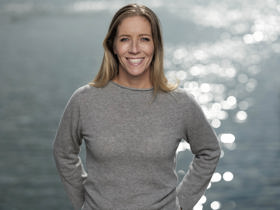
“This is merely the start of an exciting partnership and collaboration where the only limitations are set by our minds.” Nina Jensen, CEO, REV Ocean
So there may be more collaboration to come? “I’m hopeful that together with KONGSBERG, we will be able to develop some solutions that currently don’t exist but will fit into our three priority areas of climate change, pollution and overfishing.
“It’s going to be a long-term working relationship. KONGSBERG equipment is on the wish list of many scientific institutions. There is no doubt that it is an important player and will continue to be so.
Sustainable solutions
Alex Rogers concurs. “The more capability we have in terms of equipment, the more effective we can be in terms of collecting data and resolving problems in the ocean.
“Another technology in which KONGSBERG is among the global leaders is the development of autonomous underwater vehicles (AUVs). We’re in discussion with the company about the purchase of its HUGIN extended AUV.
“That is an amazing piece of technology. It can map the seafloor and also collect other forms of data, both biological and physical, in the ocean remotely from the vessel.
“That allows us to do other things while that data is being gathered. All in all, it’s about advancing the technology, making the job of scientists easier and ensuring that the whole process of collecting and targeting data is much, much faster and more effective.”
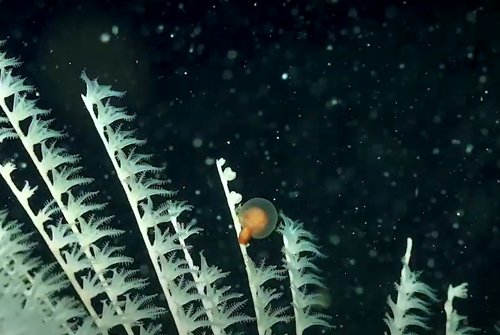

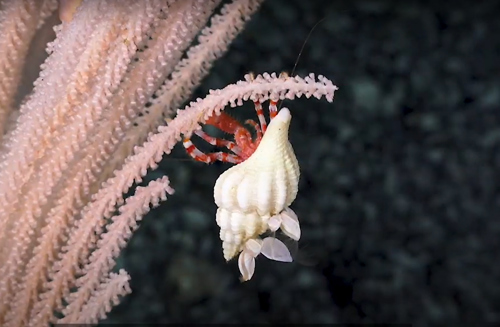
Nina Jensen sees the REV Ocean project and KONGSERG’s place within it as an important piece in the global sustainability jigsaw. “We need to see more fish in the ocean, healthy ecosystems revived and restoration of damage in habitats such as seagrass beds, kelp forests and mangroves.
“We have to mitigate some of the worst effects of climate change on the ocean and ocean acidification and come up with solutions for keeping plastic out of the marine environment.”
She continues: “If we are unable to do things like that, then we’ve not succeeded at all. That’s what we’ll be measured on at the end of the day, not on the number of scientific articles or the number of people that have been onboard the vessel.
“Yes, those things are also important indicators. But at the end of the day it really comes down to seeing healthy developments in the ocean. These in turn can enable more job creation and more food production, along with a whole suite of other activities that we depend on.”
The REV Ocean vessel is at the heart of the venture. When complete in about two years’ time, it will be the world’s largest and most advanced research and expedition vessel, fully equipped for researching the entire marine ecosystem and using advanced technologies developed in Norway.
Its first sea launch took place in Tulcea, Romania in August 2019 and it is now being fitted out at the Vard shipyard on the west coast of Norway.
The vessel will have the capacity to accommodate 54 scientists and 36 crew. Appropriate research projects will be evaluated and recommended by an independent scientific committee and REV Ocean will work to the highest scientific standards and levels of research.
Its facilities and technologies will include state-of-the-art sonars and echo sounders for the study of fish and other marine species, an advanced eco-harvesting system for live catch and release of biomass and pelagic samples and a number of laboratories.
REV Ocean CEO Nina Jensen says the vessel can be used as a testing facility for innovative technologies and solutions.
“It will be a convening platform where we can bring together some of the most influential and powerful people from all over the world to get excited about the ocean and feel more committed to being part of the solution.”
Her colleague Alex Rogers explains: “One of the really important things about the vessel is that it can go pretty much anywhere in the ocean. Human activities have now spread to all parts of this and we’re seeing human impacts even in the very deepest parts – the Mariana Trench, for example.
“We’re also fishing at higher and higher latitudes in the Antarctic and Arctic. This vessel can look at any of the issues and explore the solutions.
“In itself, it is a real statement of intent. There’s nothing that’s going to draw people’s attention more to what is happening in the ocean than a 183-metre long ship turning up off their coast to look at a particular issue.”
